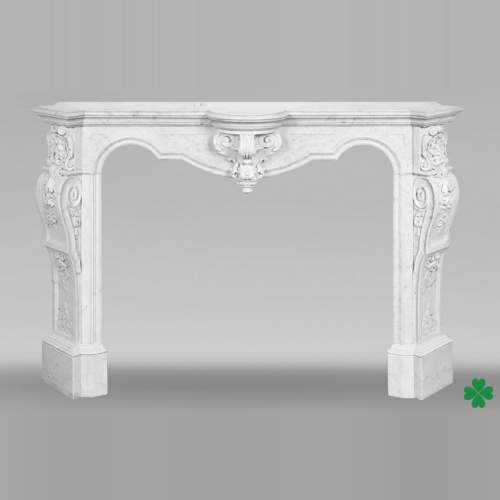Your selection is currently empty.
Here are the latest objects in our stock:
Dimensions:
Width: 164
Height: 107
Depth: 42
Inner width: 107
Inner height: 93
Dimensions:
Width: 145
Height: 110
Depth: 42
Inner width: 103
Inner height: 84
Dimensions:
Width: 232
Height: 253
Dimensions:
Width: 33
Height: 5
Depth: 33
Diameter: 33
Dimensions:
Width: 38
Height: 32
Depth: 38
Diameter: 38
Dimensions:
Width: 105
Height: 138
Depth: 105
Diameter: 105
Dimensions:
Width: 275
Height: 84
Depth: 151
Dimensions:
Width: 292
Height: 292












